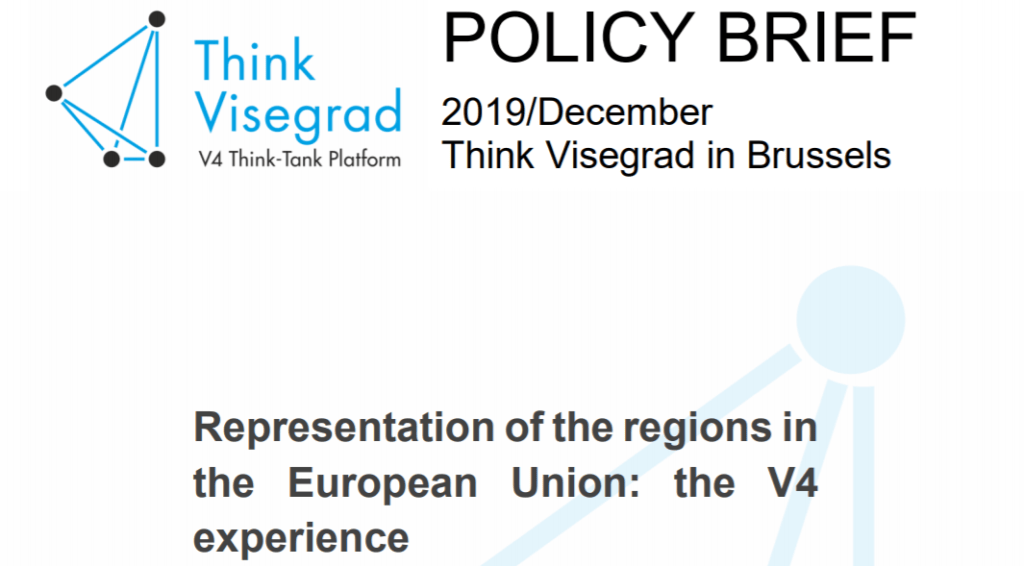Representation of the regions in the European Union: the V4 experience

Although 60-70% of European legislation has a direct impact on regional and local governments, the institutional strength of the regions in the legislation process is quite limited. The only formal body to directly advocate regions interests is the European Committee of the Regions (CoR).
Until Brexit takes place, the CoR still gathers 350 representatives from all Member state countries. The size of a country’s representation is contingent on the size of the respective country. Similarly to the European Parliament, the distribution of seats favours smaller countries, who obtain more seats in proportion to their population. As for the Visegrad Four Poland has 21 seats, the Czech Republic and Hungary are both represented by 12 members each, and Slovakia has 9 representatives. While the mission of the CoR is seemingly unambiguous, in practice there are several obstacles, which limit actual representation of regional interests through the CoR.
Celý policy paper (v angličtině) si můžete přečíst v PDF, které je ke stažení pod tímto tlačítkem nebo vedle článku. Příjemné čtení!





